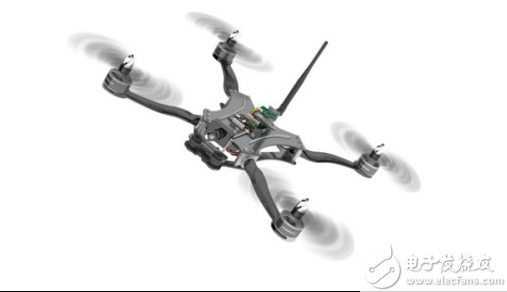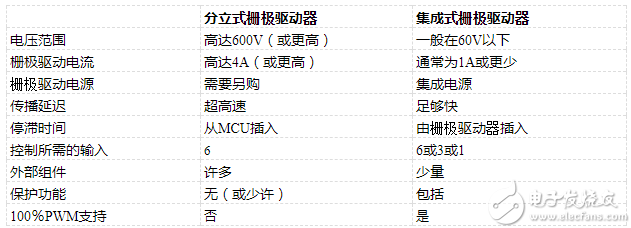There are good reasons to say that brushless DC motors are definitely the coolest product in a motor drive. You get higher efficiency, power and torque, lower noise, electromagnetic interference (EMI) and vibration, longer battery and motor life, faster speed, better products, more surprises, fun and more Friends, a better looking look and the worship of countless followers. This list has made me likely to gradually fall into my own hopes and dreams (see Figure 1), so I can only say that "the results may vary."

Figure 1: Brushless DC: Supporters of Hope and Dreams
The fun of brushless DC motor drives lies in the algorithm. You can implement sensor or sensorless monitoring, trapezoidal or sinusoidal control, field oriented control (FOC) or commutation. There are as many options as there are to cook eggs - but in fact, only ten are truly unique (other methods just make a small change). But I am not going to talk about this now. I will discuss "Step Zero": design hardware for the motor drive system. At this point, you can leave at any time. Figure 2 shows my impression of this phenomenon.

Figure 2: Comfort decreases linearly with voltage levels and analog content
For the remaining six readers, many brushless DC motor systems are designed to pursue high power and high efficiency, which means that the best implementation is to use a discrete MOSFET to control the gate driver's microcontroller (MCU). Before you can test the best speed loop algorithm to control your motor, you simply connect the MCU's intelligence to the MOSFET's raw current drive capability. The gate driver acts as a converter between the logic domain of the MCU and the power domain of the MOSFET and the motor. There are two architectures that can implement such converters: discrete gate drivers and integrated gate drivers. There are many reasons to convince you to choose one. Discrete drives offer the highest supply voltage support and optimal performance, but require more components and lack protection. Integrated drives provide a more targeted solution for motor drives, but do not give you the ultimate in high performance with voltage support or discrete gate drivers. In addition to using three discrete gate drivers on a single chip, integrated drivers like the DRV8320 ​​can provide additional features such as gate drive power, sense amplifiers, power devices or integrated gate drive passives. Readers who have just skipped the above paragraphs can look at Table 1 below.

Table 1: Discrete gate drivers and integrated gate drivers; the details in the table are more detailed than the paragraph details!
In Part 2 of this series, I will create and demonstrate the schematic and layout differences between discrete and integrated drives to test my ability to implement schematics and layouts.
Usb Connector,Micro Usb Sinking Connector,Usb 3.0 Solder Connector,Double Layer Usb Connector
Dongguan Yangyue Metal Technology Co., Ltd , https://www.yyconnector.com
